Once you figure out how to use them, microscopes are incredibly useful and fun tools to have in the lab or at home. They can be used to look at a lot of different things, and they make everything look so much cooler close up!
Gram Stains
Obviously, microscopes are most commonly used to view very small objects, like cells, that need to be magnified several hundred times to be seen by the human eye. Our laboratory microscope is most often used when we perform gram stains. Here’s how to perform a gram stain:
- Place an inoculating loop full of water onto a microscope slide.
- Touch a colony of microbes on the dipslide with the inoculating loop.
- Place the inoculum on the loop to the drop of water on the slide, and spread the microbes out to the size of a dime.
- Flame the loop to sterilize, while air drying the slide.
- Heat fix the slide on the alcohol burner and let cool.
- Add 3 – 4 drops of Crystal Violet to the heat fixed smear. (60 seconds)
- Rinse for 60 seconds (until crystal violet is gone).
- Add 3 – 4 drops of Grams Iodine to the heat-fixed smear. (30 seconds)
- Rinse for 30 seconds (until Grams Iodine is gone).
- Decolorize with Acetone-Alcohol (for a few seconds – until crystal violet/Grams Iodine complex is gone).
- Add 3 – 4 drops of Safranin to the heat-fixed smear (30 seconds).
- Rinse for 30 seconds (until Safranin is gone).
- Blot with Bibulous Paper, then air dry.
- Observe under the microscope.
Household Objects
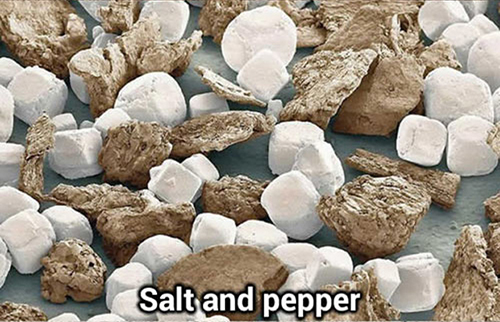
We’ve seen some pretty great microorganisms under our microscope, but if you’ve got younger children you may want to try looking at some other really cool objects. So, here’s a list of some household items that are easy to find and still look really neat when viewed under a basic microscope:
- Salt & pepper
- Sugar
- Sand
- Seeds (bird seed, plant seeds, etc)
- Onion skin
- Fur or hair
- Soil
- Wool
- Dust
- Celery
- Dandruff
- Insects or parts of insects (wings, legs, etc)
- Thread
- Torn paper
- Dryer lint
- Bread mold
- Yeast (dry and after proofing in warm water with sugar)
- Fingernails
- Coffee Grounds
- Moss
- Crumbs
- Feathers
- Grass
- Flower parts (stems, leaves, etc)
- Spider web
- Fish tank water
- Pine needles
- Wood splinters or tree bark
- Flour (all-purpose white, wheat, soy, etc)
- Velcro
- Toothbrush bristles
- Toilet paper
- Food (banana, fortune cookie, anything!)
So get those microscopes out and get creative! There are tons of great things you can find around the house or classroom to observe under a microscope that we’re betting will look pretty darn cool close up!


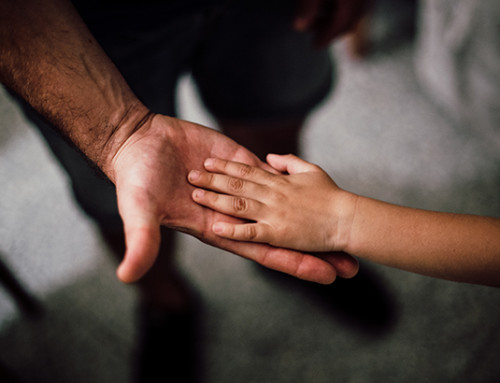
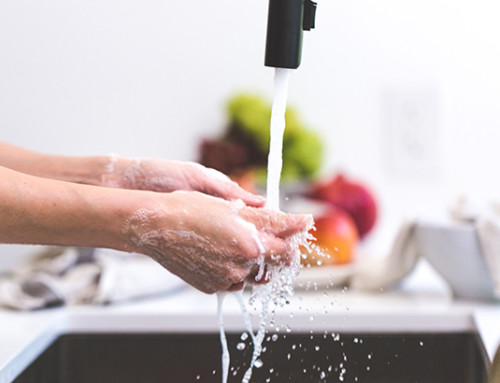
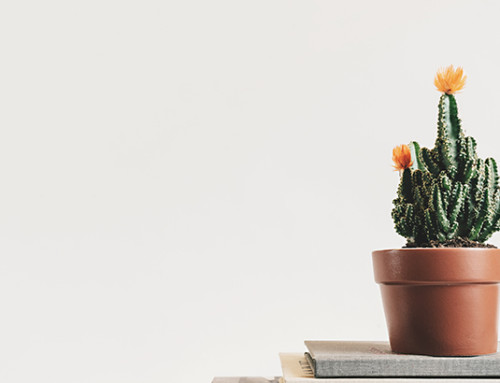
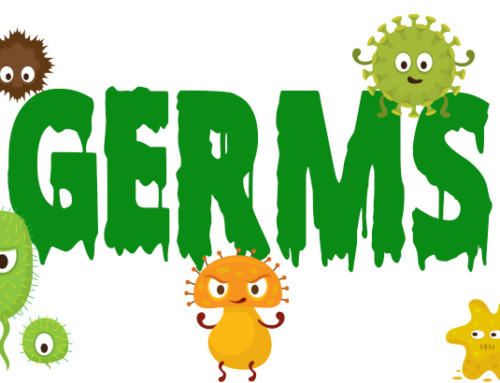
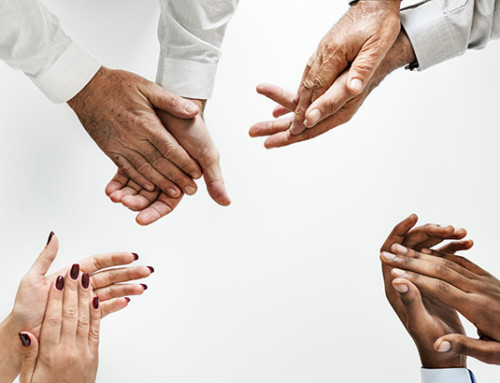
Leave A Comment